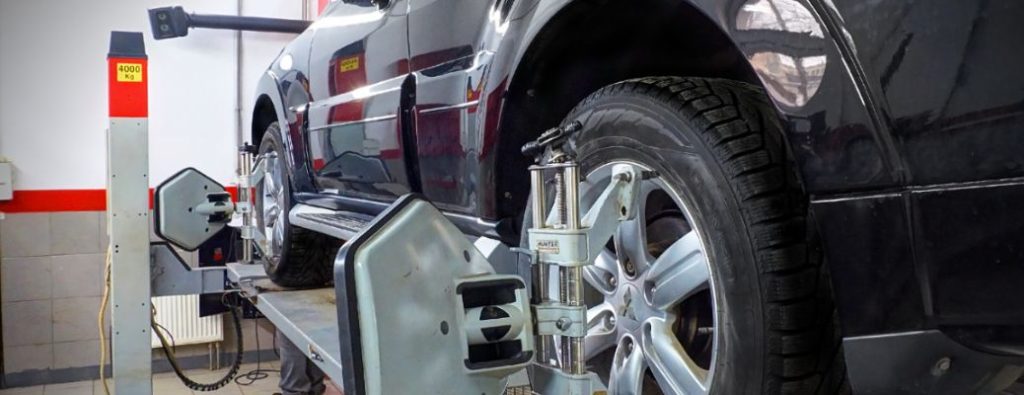
Key Takeaways
It’s no secret that automatic transmissions are dominant in the current auto market, making manual transmissions seem like a relic from the past.
However, before dismissing the manual gearbox, consider the numerous advantages it can offer. From enhanced control to increased fuel efficiency, the ‘old-school’ manual transmission has its charm and practicality intact.
In this article, we’ll explore five compelling reasons why you should consider purchasing a car with a manual transmission. Interested in getting behind the wheel of a manual car? Auffenberg Kia of Cape Girardeau has a variety of options to meet your needs.
Driving Engagement
One of the key benefits of a manual transmission is the higher level of engagement it offers to drivers. If you enjoy the feeling of being in control and connected to the car, then a stick shift is for you.
With a manual gearbox, every gear change and clutch engagement is in your hands. It fosters a sense of responsibility and requires focus, which can make the driving experience more gratifying and less monotonous.
Furthermore, manual transmissions allow drivers to adapt their driving style to the road conditions and personal preferences. By choosing when to shift gears and how to optimize engine performance, drivers can customize their driving experience to suit their individual preferences, leading to a more personalized and engaging journey.
Better Fuel Efficiency
While modern automatic transmissions have greatly improved their fuel efficiency, manual transmissions traditionally have the upper hand in this regard. A manual car allows more direct energy transfer from the engine to the drivetrain, leading to less energy loss and, therefore, better fuel efficiency.
If you’re conscious of your car’s fuel consumption or want to lower your carbon footprint, a manual transmission could be a wise choice.
Lower Purchase and Maintenance Costs
Manual cars typically have lower sticker prices than their automatic counterparts. This cost difference can be substantial, especially for first-time car buyers or those on a budget.
Moreover, manual transmissions are generally cheaper to repair and maintain than automatics. They have fewer components that can fail and are less complex, leading to lower servicing costs.
Theft Deterrent
Believe it or not, having a manual transmission might actually deter car thieves. As driving stick becomes less common, fewer people, including thieves, know how to operate them.
Although this isn’t a foolproof method of protecting your vehicle, it certainly adds an extra layer of difficulty for any would-be thief.
Greater Control in Certain Driving Conditions
In certain driving scenarios, such as hilly terrains or towing heavy loads, a manual transmission can provide superior control.
Being able to manually select your gear allows you to adapt more effectively to different road conditions, enhancing the safety and performance of your drive.
The Diminishing Art of Driving Stick
As automatic transmissions continue to dominate the market, the skill of driving a manual car is slowly becoming a rarity. Yet, there is a certain level of satisfaction and accomplishment derived from mastering the coordination between the clutch and the gears.
It’s an art and a unique skill, making you part of an increasingly exclusive group of drivers who can handle a manual transmission.
Resale Value
While the market for manual cars might be smaller, the demand amongst car enthusiasts is still substantial. Certain sports and classic cars actually retain their value better if they have a manual transmission.
So, if you ever decide to sell your stick-shift vehicle, you might find that it holds its value remarkably well, especially if it’s a sought-after model.
Better for Learning Car Mechanics
If you’re interested in learning more about how your car works, a manual transmission is a great place to start.
Understanding the interplay between the clutch, gearbox, and engine can provide a foundation for understanding vehicle mechanics. This knowledge can be helpful when it comes to basic car maintenance and troubleshooting.
Less Distracted Driving
Operating a manual transmission requires more attention and engagement, potentially reducing distracted driving.
You simply can’t text or eat while you need to shift gears, particularly in heavy traffic or challenging road conditions. Thus, a manual car can encourage safer driving habits.
Fun Factor
Last but certainly not least, driving a manual car can simply be more fun. The thrill of shifting gears, especially in a sporty car, is a unique joy that automatic drivers miss out on.
If you love driving and not just getting from point A to B, the engagement of a manual transmission might bring a smile to your face.
Better for Emergency Situations
In an emergency, the ability to operate a manual transmission could be crucial. Not every car on the road is automatic, and there could be situations where you need to drive a manual vehicle.
For instance, if a friend is injured and their car is manual, you’ll need to know how to operate it. Having this skill set can come in handy in various unexpected scenarios, adding to the versatility of your driving capabilities.
Conclusion
While automatic cars might be more convenient, manual transmissions still hold significant advantages. They offer better fuel efficiency, lower costs, greater control, and enhanced driving engagement.
Whether you’re a seasoned manual driver or considering learning to drive a stick, remember that the journey is as important as the destination. Embrace the challenge and savor the rewards of manual driving.
If you’re looking to buy a car with a manual transmission, Auffenberg Kia of Cape Girardeau is ready to help. Browse our selection of manual vehicles today! There’s a certain charm in shifting gears yourself, one that needs to be felt to be appreciated. Experience it with Auffenberg Kia of Cape Girardeau.

















